Savannah's aldermanic district lines to be redrawn. Here's how city redistricting works.
The voting district lines of Savannah City Council will change in the coming months, as the last wave of the once-per-decade redistricting process finally hits the city.
Every 10 years, following the U.S. Census, the political lines of Georgia are redrawn in a process known as redistricting. From U.S. House boundaries to School Board districts, each must be adjusted to account for population changes, with the objective being that district sizes reflect population density.
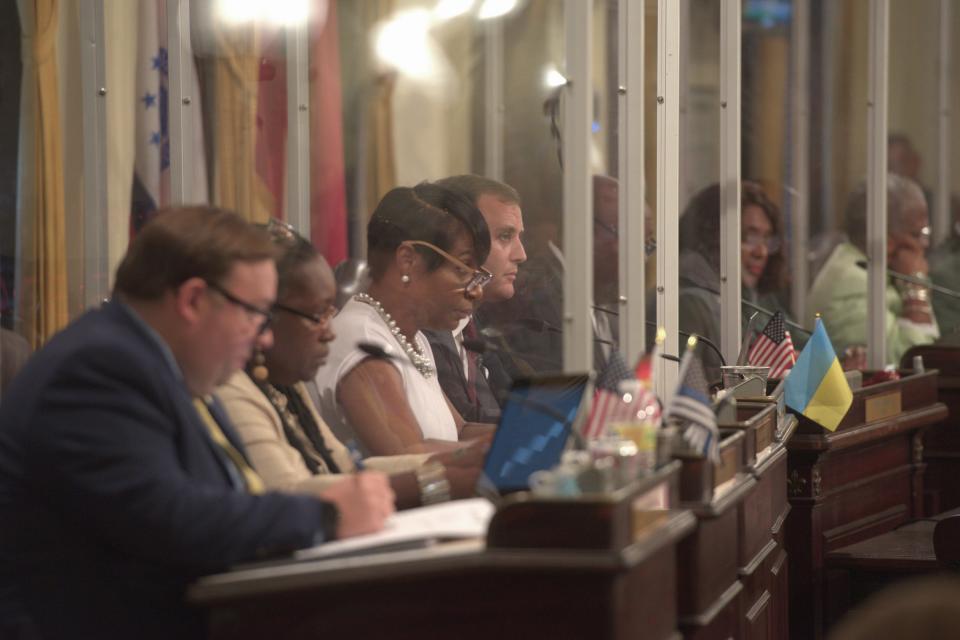
Districts at the federal, state and county levels have already been redrawn. Municipal boundaries are all that remain, and in fast-growing Savannah, there's plenty of change to account for.
Related: 'The most political activity in America': Georgia's redistricting slated for this year
More: 'I hate it': Savannah's Georgia House legislators face new challenges after redistricting
From 2010 to 2020, Savannah's population grew by 8.43%, from 136,286 to 147,780.
For the Metropolitan Planning Commission, the agency tasked with redrawing the city's district lines, the “goal” population number — a median that would allow each district to have close to the same population — is 24,630. State law allows a deviation of 2.5% to 5% higher or lower than this number.
FINAL Savannah Redistricting Presentation August 2022 by savannahnow.com on Scribd
The MPC-proposed lines put the population deviation between districts well within that limitation - all fall within a difference of less than a percentage point from the goal number.
The number is established by dividing the city’s total population by the number of aldermanic districts: six. Savannah’s council includes two at-large seats and a mayor, and those seatholders are voted on by all city residents, regardless of district, which means they will be unaffected by the changes.
Chatham County: Redistricting: From fumbled emails to fingerpointing, here's what we know
More: 'The Legislature draws the maps, not the county': Why reps scrapped new voting districts
Redistricting process for Savannah
In the MPC's redistricting presentation shared on the city's redistricting website Tuesday, the commission states the goal in redrawing the lines is to keep the districts compact and contiguous while respecting political boundaries and keeping communities of interest together. MPC Executive Director Melanie Wilson said, much like county redistricting earlier this year, “everybody has to give up something.”
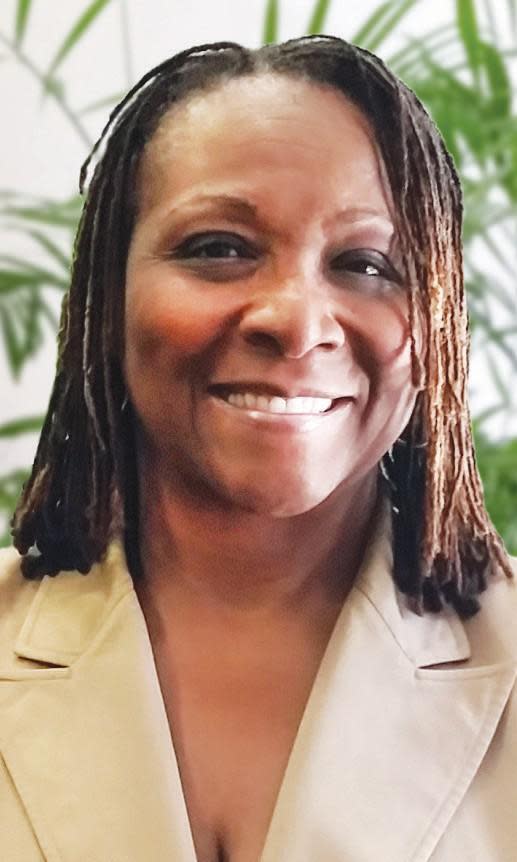
Wilson said she and other MPC members and staffers met with each of the six council district representatives to hash out the street-level details of the process. Some meetings were meticulous, hours-long affairs, Wilson acknowledged.
“If I had any questions about something, or if I needed to work with [another council member], we talked to both of them, made sure everybody was on the same page about why there needed to be a trade, or about why they had to give up something,” Wilson said. “We went through the process, and everybody was gonna have to give up something.”
The lion's share of that population change came in District 1, the westernmost part of the city, which includes incorporated areas near the airport as well as the Savannah Highlands subdivisions. Since 2010, 8,826 people have moved to District 1 addresses, a 37.34% growth in population.
District 1 is currently represented by Bernetta Lanier.
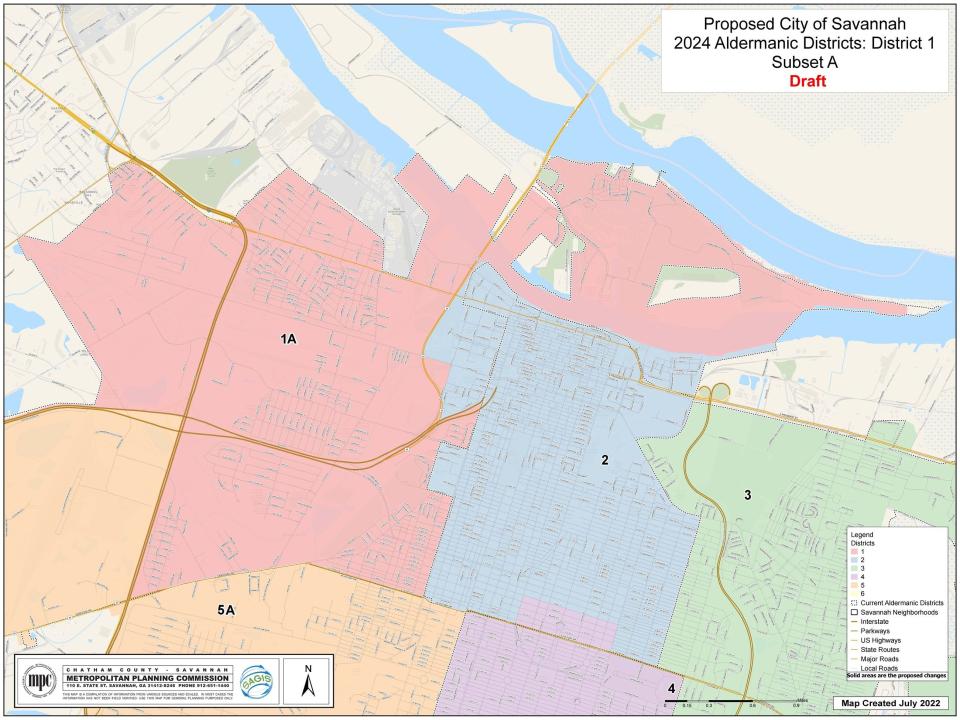
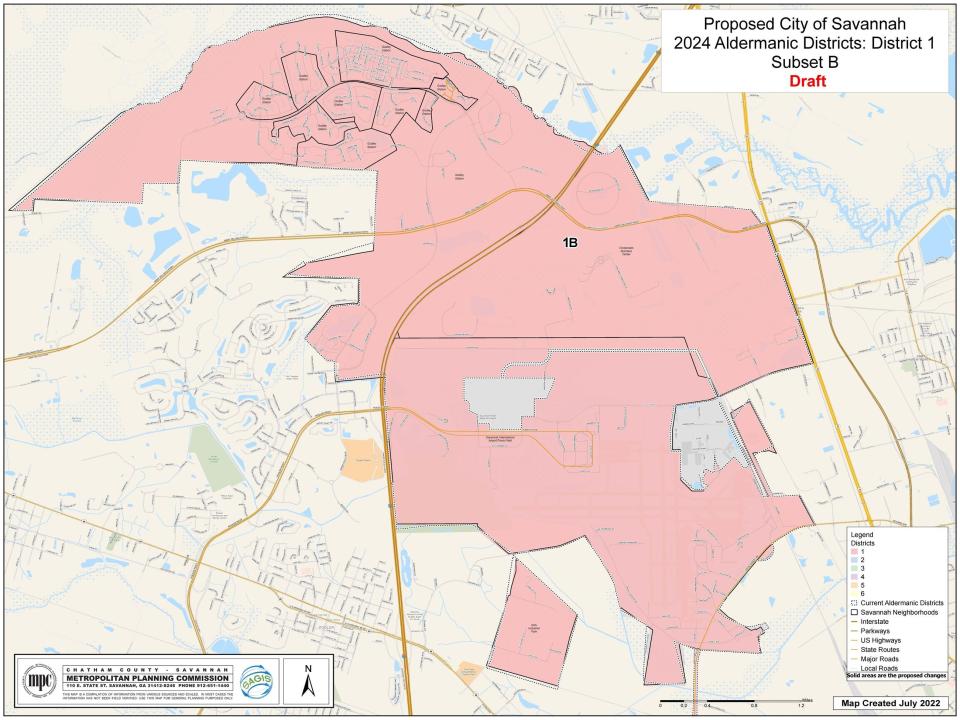
District 4 was the least changed of them all, with a population increase of 100 people. The population growth in Districts 3, 5 and 6 were middling, from just over 1,000 new residents to just over 2,000.
District 2 was the only area to lose population since 2010, with 569 people leaving. The district covers most of downtown, and runs from the Savannah River to Victory Drive. Detric Leggett is the district's alderman.
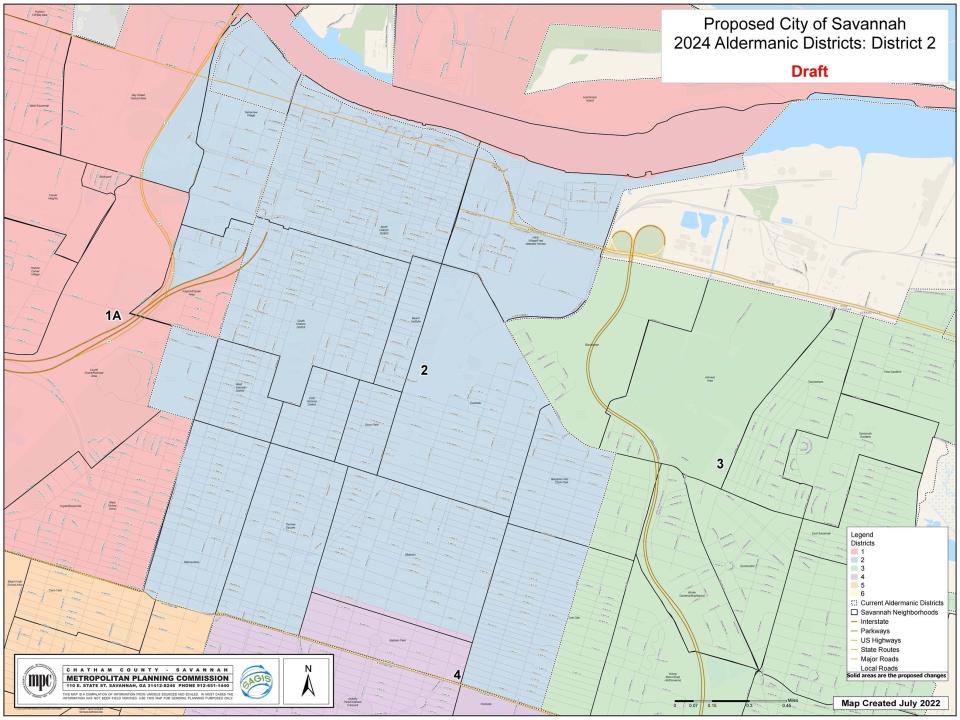
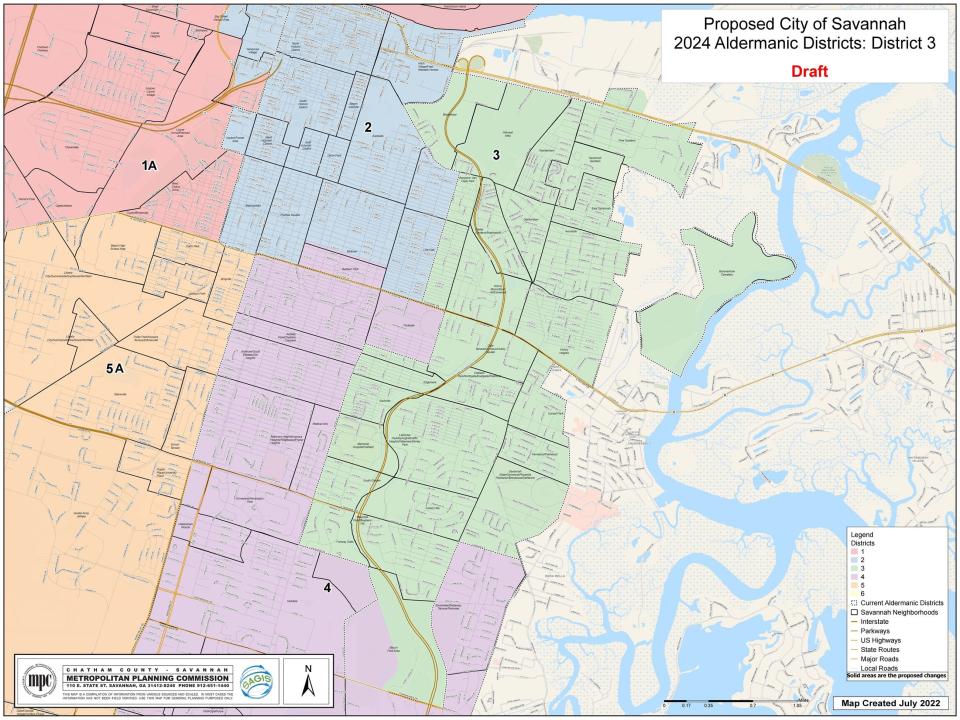
Savannah Mayor Van Johnson, who lives in District 1 and represented the district as an alderman for 16 years, said council appears to be happy with the new districts.
"They all expressed approval, and if they like it, I love it," Johnson said.
No state approval needed
At the federal, state and county level, the redistricting process is controlled by the Georgia General Assembly, and partisan playmaking often leads to gerrymandering, as the majority party works to tweak district boundaries to their members' advantage.
Currently, the Republicans are in the majority at the Georgia Capitol and have led the last two redistricting cycles. In the early 2000s, the Democrats controlled the Legislature and drew maps so egregious the courts intervened and forced changes.
State lawmakers are not part of the municipal redistricting process. To avoid squabbles among council members, the city tasks the MPC with redrawing the lines without bias.
But it doesn’t always go smoothly.
The Chatham Commission and Savannah-Chatham School Board voted to adopt districts drawn by the MPC earlier this year. But after much squabbling with state reps, the districts weren't adopted until just before the session ended - too late for the 2022 election cycle, which included several school board seats. Voters cast ballots based on the old district lines as a result.
Savannah doesn’t need the state legislature's blessing to change its district boundaries.
Savannah's redistricting falls under the "home rule" provision in Georgia law, which allows local governments to use their power to deal with matters concerning them without input or approval from the General Assembly.
Wilson said she expects the process to go more smoothly this time.
The MPC will draw the maps, meet with council members, and ultimately, city council will vote on the new lines for the next decade. City spokesman Nick Zoller said the item would likely find its way onto a council agenda in September.
Will Peebles is the City Council and County Commission reporter for Savannah Morning News, covering local Savannah and Chatham County decisions. He can be reached at wpeebles@savannahnow.com or on Twitter @willpeeblesSMN
This article originally appeared on Savannah Morning News: Savannah redistricting has begun. Here are the proposed new districts

